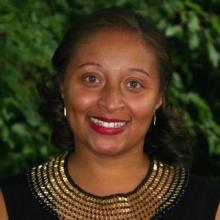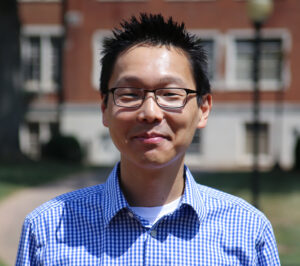student learning
Select an item by clicking its checkbox
Mystagogy, as a practice of leading an initiate into the deeper mysteries of Christian life and faith, occupies a central place in learning about Christianity. But in a secular religious studies classroom, to what degree is this exploration possible or even permissible? And more practically, how does one go about ...
I’ve been increasingly frustrated with my first-year students’ reluctance to argue with each other. Several years ago, I started asking my classes where these sentences change from being OK to not OK: I agree with Peter. I want to add to what Peter said. I disagree with Peter about ...
Developing a more learner-centered course design does not have to mean pulling everything up by the roots. A good start is to examine the activities already happening in your courses, finding where good learner-centered design principles already exist. Here, I look at two versions of an activity that is common ...
When the pandemic hit, everything changed overnight. We were in a state of crisis. Crisis has a way of exposing our frailty. Our vulnerability rises to the surface without our permission. Lack of control, uncertainty about the future, and anxiety about the unknown work together like a torrent, forcing us ...
The following axiom is often met with solemn nods, sad sighs, and knowing looks of empathy and understanding: “Church hurt is the worst hurt.” At every seminary, there are students with deep wounds from the emotional, mental, physical, and spiritual abuse they experienced in congregational contexts. Seminary communities understand that ...




